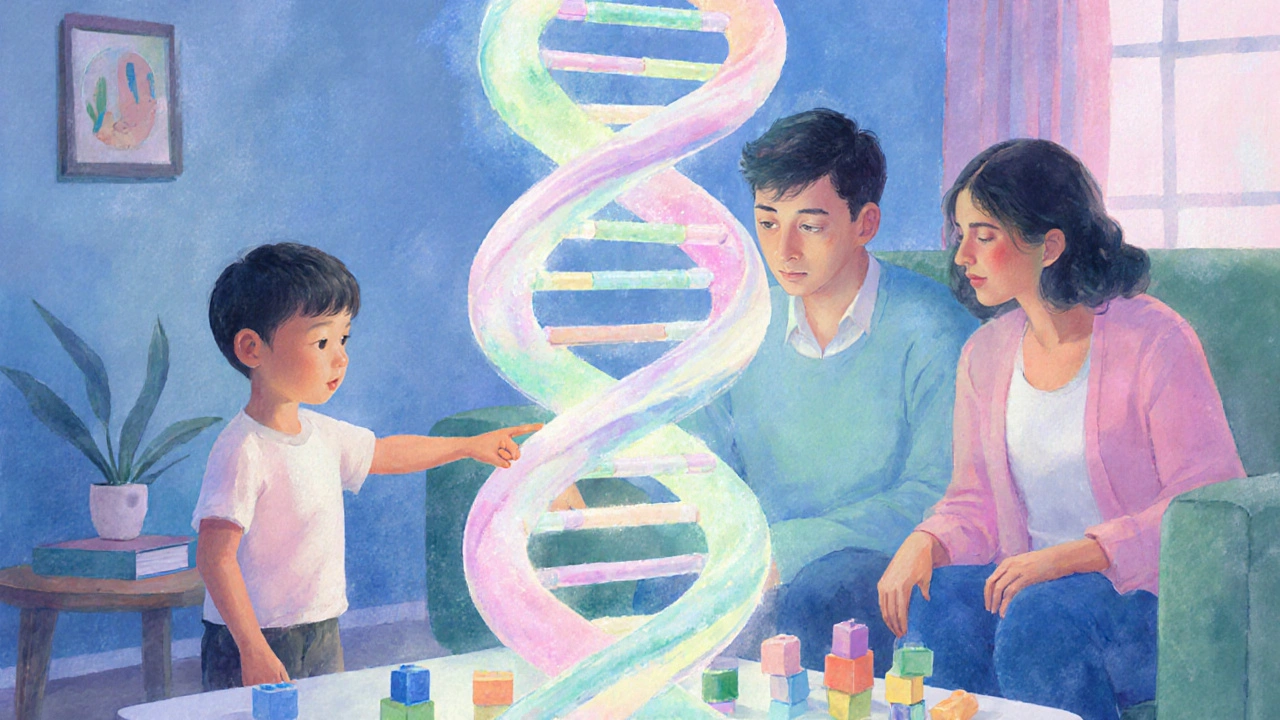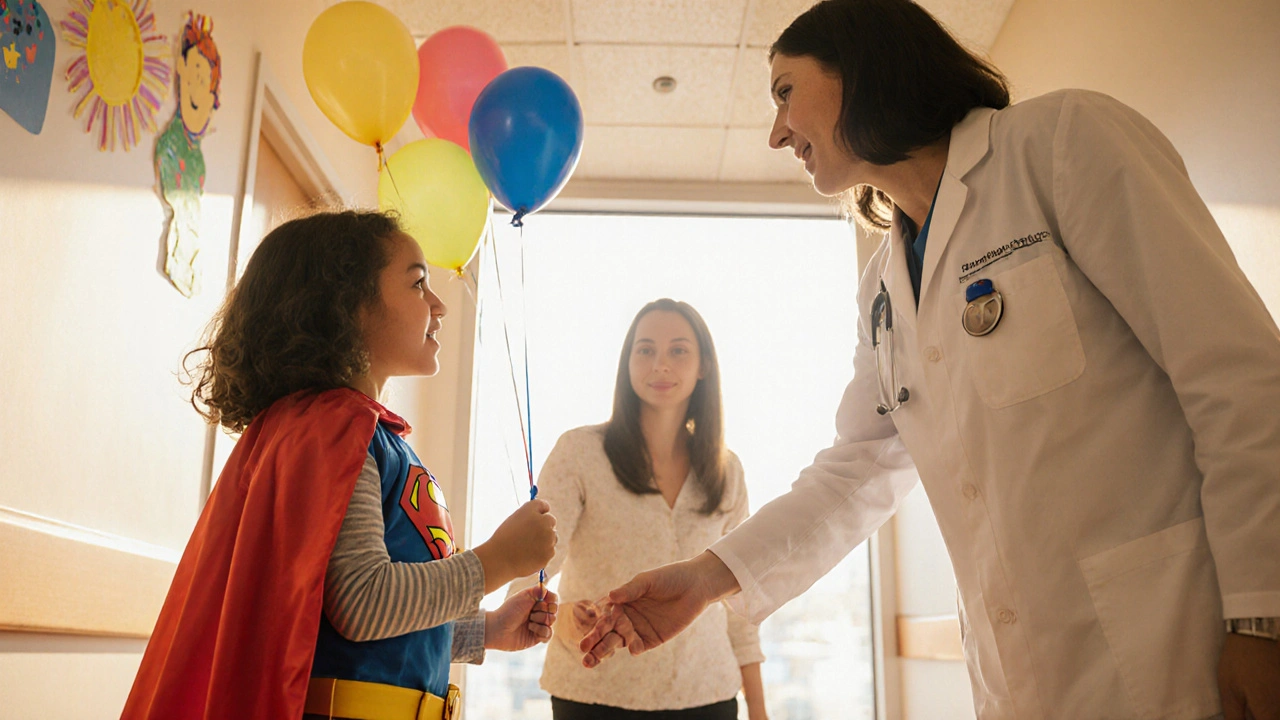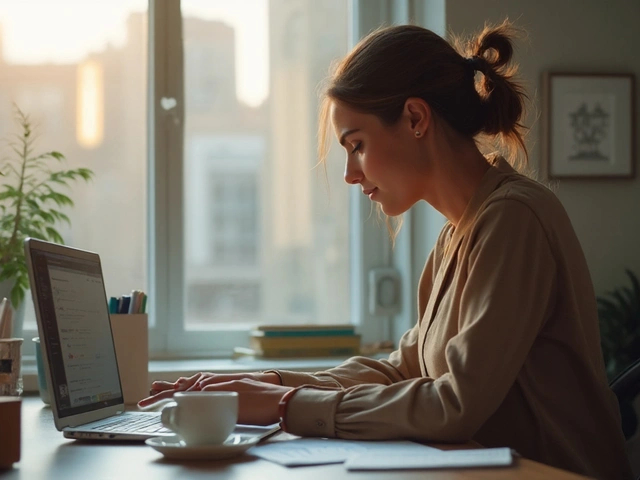Childhood Cancer Knowledge Quiz
When a child's diagnosis comes back with cancer, the world can feel like it’s turned upside down. Parents instantly search for answers: what caused it, how it can be treated, and where to find help. This guide walks you through the most common reasons behind childhood cancer, the therapies doctors use, and the support network that can ease the journey.
- Identify the top causes - genetics, environment, and random cell changes.
- Learn how doctors diagnose and stage the disease.
- Compare core treatment methods: chemotherapy, radiation, surgery, and immunotherapy.
- Spot key side‑effects to watch for and strategies to manage them.
- Find resources for emotional, financial, and practical support.
What Is Childhood Cancer?
Cancer in Children is a group of diseases where abnormal cells grow uncontrollably in a young body. Unlike adult cancers, pediatric cases often arise from errors in cell development rather than decades of lifestyle exposure.
The field that studies these illnesses is pediatric oncology, a specialty that blends careful diagnosis with age‑appropriate treatment plans.
Major Types and Their Causes
The three most frequent childhood cancers are:
- Leukemia - a blood‑forming cancer, accounting for about 35% of cases.
- Brain tumors - the second most common, representing roughly 20%.
- Lymphoma - cancer of the lymphatic system, making up 15%.
While the exact trigger is rarely pinpointed, researchers have identified two broad categories of risk factors.
Genetic Predisposition
Some children inherit mutations that raise cancer odds. For example, Li-Fraumeni syndrome involves a TP53 gene change that can lead to multiple tumor types. Families with a history of childhood cancers should discuss genetic counseling with their doctor.
Environmental and Lifestyle Factors
Exposure to high‑dose radiation (e.g., from previous medical imaging) and certain chemicals (like benzene) can increase risk, but these cases are rare. Most cases arise from spontaneous DNA errors during cell division - a random event that doctors call a “somatic mutation.”
Diagnosing the Disease
Early detection hinges on a mix of clinical signs and sophisticated tests. Common steps include:
- Physical exam and medical history review.
- Blood work - especially for suspected leukemia.
- Imaging studies (MRI, CT) for solid tumors like brain cancers.
- Biopsy - removing a tissue sample for pathological analysis.
- Genetic profiling - identifying mutations that may guide targeted therapy.
When a trial is available, enrollment gives access to cutting‑edge treatments and helps advance research.
Treatment Options Explained
Therapies are chosen based on cancer type, stage, and the child’s overall health. Below is a quick comparison of the four core modalities.
| Modality | Goal | Typical Use | Common Side‑effects |
|---|---|---|---|
| Chemotherapy | Kill rapidly dividing cells | Leukemia, solid tumors, lymphoma | Nausea, hair loss, low blood counts |
| Radiation Therapy | Destroy localized tumor cells | Brain tumors, sarcomas | Skin irritation, fatigue, growth‑plate issues |
| Surgery | Physically remove tumor | Accessible solid tumors | Infection risk, scarring, functional loss |
| Immunotherapy | Boost body's immune response | Relapsed leukemia, certain lymphomas | Fever, cytokine release, joint pain |
More recently, targeted therapy zeroes in on specific genetic mutations, offering fewer systemic side‑effects but requiring precise molecular testing.

Managing Side‑Effects and Daily Life
Even the most effective treatment can feel overwhelming when side‑effects interfere with school, play, or sleep. Here are practical tips:
- Nutrition: Small, frequent meals rich in protein help repair tissue and keep energy up.
- Hydration: Chemotherapy can strain kidneys; aim for 1.5‑2 liters of fluid daily unless advised otherwise.
- Oral care: Use a soft toothbrush and fluoride rinse to combat mouth sores.
- School liaison: Coordinate with teachers for adjusted workloads and rest periods.
- Pain management: Follow prescribed schedules; never skip doses because “the pain isn’t that bad.”
Psychosocial support is equally crucial. Child life specialists run therapy‑like activities that let kids express fear and regain a sense of control. Parents often benefit from counseling or support groups where shared stories reduce isolation.
Long‑Term Survivorship and Follow‑up Care
Surviving cancer doesn’t mean the journey ends. Survivors face a higher risk of secondary cancers, heart issues, and endocrine problems. A typical survivorship plan includes:
- Annual physical exams focused on the previously treated area.
- Periodic imaging (e.g., MRI) to catch recurrences early.
- Endocrine screening for growth‑hormone deficiencies or thyroid dysfunction.
- Fertility counseling, especially after intensive chemotherapy.
- Psychological monitoring for anxiety or post‑traumatic stress.
Living a “new normal” often involves re‑integrating into school-some children need individualized education plans (IEPs) to accommodate lingering cognitive effects.
How to Find Support and Resources
Whether you’re looking for a local support group or financial assistance, these avenues can help:
- Hospital social workers: They connect families with charity programs, transportation vouchers, and housing near treatment centers.
- National organizations: Groups like the American Childhood Cancer Organization (ACCO) offer grants, mentorship matching, and informational webinars.
- Online forums: Communities on platforms such as Reddit’s r/ChildhoodCancer provide real‑time peer advice.
- Clinical trial registries: ClinicalTrials.gov lists ongoing studies; eligibility often hinges on specific genetic markers.
Remember that asking for help isn’t a sign of weakness-it’s a practical step that can improve outcomes and quality of life.
Quick Checklist for Parents
- Schedule a genetics appointment if there’s a family cancer history.
- Ask the oncologist for a written treatment roadmap.
- Set up a dedicated medication organizer.
- Contact a child life specialist early to ease hospital anxiety.
- List local and national support resources; keep them handy.
Frequently Asked Questions
What are the most common types of childhood cancer?
Leukemia, brain tumors, and lymphoma together account for roughly 70% of all pediatric cancer diagnoses.
Can genetics predict a child’s cancer risk?
Certain hereditary syndromes, such as Li-Fraumeni or neurofibromatosis, raise risk, but most cases result from random cellular mutations. Genetic counseling can clarify personal risk.
How do doctors decide which treatment to use?
They consider the cancer’s type, stage, location, and the child’s overall health. Molecular testing may suggest targeted or immunotherapy options.
What are the biggest side‑effects parents should watch for?
Low blood counts (risk of infection), severe nausea, persistent fatigue, and organ‑specific issues like heart strain from certain chemotherapies. Early reporting to the care team is vital.
Where can families find financial help?
Hospital social services, nonprofit foundations (e.g., ACCO), and government programs such as Medicaid or the Children’s Oncology Group’s assistance fund can offset treatment costs.






Written by Martha Elena
I'm a pharmaceutical research writer focused on drug safety and pharmacology. I support formulary and pharmacovigilance teams with literature reviews and real‑world evidence analyses. In my off-hours, I write evidence-based articles on medication use, disease management, and dietary supplements. My goal is to turn complex research into clear, practical insights for everyday readers.
All posts: Martha Elena